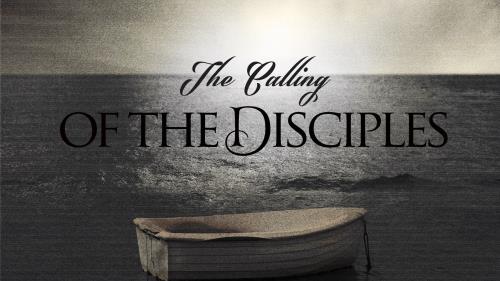-
The Kind Of People God Uses Series
Contributed by Pat Damiani on Dec 20, 2010 (message contributor)
Summary: The 144,000 demonstrate the kind of character than enables God to use us for His purposes.
I’m going to begin this morning with a quote from a well-known theologian – Charles Schultz. In one of his “Peanuts” comic strips, Charlie Brown is sitting in his bean bag chair in front of the television when his sister Sally enters the room.
Sally: “I memorized the Bible verse we were supposed to memorize for Sunday”
Charlie: “What verse?”
Sally: “I don’t know, now you made me forget. Maybe it was something Moses said, or something from the Book of Re-evaluation”
Charlie: Forgetting is not always a bad thing.”
The Book of Re-evaluation. In many ways that is the perfect description of the book that we’ve been studying now for quite some time. The Book of Revelation is more than just a peek into future events. It is a book that was written to the early church – and to us – as a tool that we can use to re-evaluate our walk with Jesus. And perhaps, the passage that we will look at this morning provides us with one of the best opportunities that we’ll have to do just that. So go ahead and open your Bibles to Revelation chapter 14 and follow along as I read the first five verses.
1 Then I looked, and behold, on Mount Zion stood the Lamb, and with him 144,000 who had his name and his Father's name written on their foreheads. 2 And I heard a voice from heaven like the roar of many waters and like the sound of loud thunder. The voice I heard was like the sound of harpists playing on their harps, 3 and they were singing a new song before the throne and before the four living creatures and before the elders. No one could learn that song except the 144,000 who had been redeemed from the earth. 4 It is these who have not defiled themselves with women, for they are virgins. It is these who follow the Lamb wherever he goes. These have been redeemed from mankind as firstfruits for God and the Lamb, 5 and in their mouth no lie was found, for they are blameless.
The number of 144,000 should sound familiar to us. Hopefully you’ll remember that we were introduced to this group all the way back in chapter 7.
Although a few commentators attempt to make the case that the 144,000 here comprise a different group of people than the one from chapter 7, there is nothing in the text that would lead us to that conclusion. In fact, there are a number of similarities between the two groups to lead us to believe that they are indeed the same. In addition to the fact that both groups consist of 144,000 men, both groups have been sealed on the forehead with the seal of God. Like we’ve seen so many other times in the book of Revelation, John is merely allowed to view this same group of people from a different vantage point than the one he had earlier.
In chapter 7, they were sealed by God to protect them during a period of tribulation that was to come upon the earth. Now we see this same group of men following that period of tribulation. There are several pieces of information that allow us to determine the timing of this event.
Timing
• Jesus is standing on Mount Zion
As we have discussed frequently before, standing is the posture of victory and both Jesus and the 144,000 demonstrate that they are overcomers and have achieved victory. Throughout the Old Testament prophets, Mount Zion is pictured as the place where Messiah would come as the deliverer of Israel and where He would gather together His people. Let me just share two passages that illustrate that idea.
“As for me, I have set my King
on Zion, my holy hill.”
Psalm 2:6 (ESV)
In that day, declares the Lord,
I will assemble the lame
and gather those who have been driven away
and those whom I have afflicted;
and the lame I will make the remnant,
and those who were cast off, a strong nation;
and the Lord will reign over them in Mount Zion
from this time forth and forevermore.
Micah 4:6, 7 (ESV)
There is some disagreement among commentators as to whether Mount Zion here is the earthly Mount Zion or the heavenly Mount Zion described in Hebrews 12. The context seems to portray this as an event that takes place on earth, but where the participants are also aware of what is going on in heaven. That would not be altogether different than what happens when we worship. Although we are physically present here on earth, our prayers and our praise rise up and come before the throne of God in heaven.
In any case, what we can learn and apply from this passage really isn’t dependent on whether this event takes place here on earth, in heaven, or in both places at the same time. What is significant, however, is that this event…

 Sermon Central
Sermon Central



